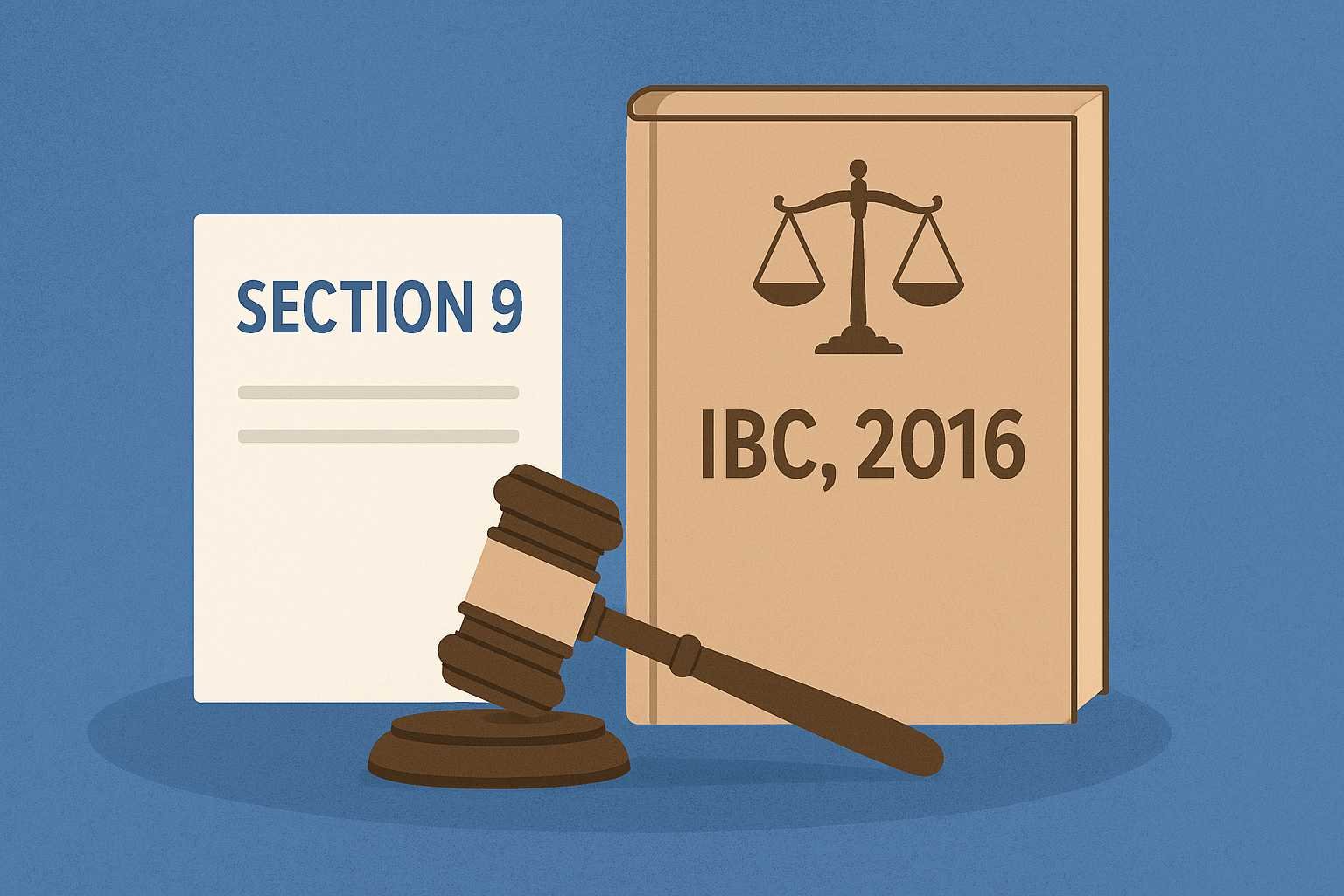On this page you will read detailed information about Purpose of Patent Law
Innovation drives progress. Every new invention—whether it’s a life-saving drug, a renewable energy system, or a software algorithm—requires years of research, creativity, and financial risk. But without legal protection, inventors might hesitate to disclose or commercialize their ideas, fearing imitation. This is where patent law steps in.
Patent law forms the backbone of the intellectual property (IP) ecosystem, ensuring that inventors get exclusive rights over their creations for a limited time, while society benefits from technological disclosure.
Let’s explore the purpose, principles, and evolution of patent law, especially in the Indian and global context.
1. What is a Patent?
A patent is an exclusive right granted to an inventor for a novel invention—whether a product or process—that offers a new way of doing something or provides a new technical solution to a problem.
In India, the governing legislation is the Patents Act, 1970, as amended most recently by the Patents (Amendment) Rules, 2024, administered by the Controller General of Patents, Designs and Trade Marks (CGPDTM) under the Department for Promotion of Industry and Internal Trade (DPIIT), Ministry of Commerce and Industry.
A granted patent provides:
- Exclusive rights: Only the patent holder can make, use, sell, or license the invention.
- Limited duration: 20 years from the date of filing (Section 53).
- Territorial protection: Valid only in the country granting it.
2. The Fundamental Purpose of Patent Law
The purpose of patent law extends beyond protecting inventors—it’s about balancing innovation incentives with public interest. The main objectives include:
(a) Encouraging Innovation
Patents motivate inventors to invest time, skill, and capital in creating new products or technologies. Without protection, ideas could be easily copied, discouraging investment in R&D.
(b) Promoting Public Disclosure
A core principle of patent law is “quid pro quo”—the inventor discloses the invention to the public in exchange for a time-limited monopoly. This ensures that scientific knowledge becomes accessible, fueling further innovation once the patent expires.
(c) Facilitating Technological Advancement
When patents are published in patent databases (like India’s IPINDIA portal, WIPO’s PATENTSCOPE, or USPTO databases), researchers and companies can study these inventions to build upon them, avoiding duplication of research.
(d) Encouraging Investment and Economic Growth
Patents turn intangible ideas into tradable assets. They can be licensed, sold, or used as collateral for funding, fostering entrepreneurship, technology transfer, and economic development.
(e) Preventing Misappropriation
Patent rights provide a legal remedy against unauthorized use, imitation, or exploitation of an invention. They ensure that creators are recognized and rewarded fairly.
(f) Balancing Private Rights and Public Welfare
While patent law rewards innovation, it also ensures that public welfare is not compromised. Provisions for compulsory licensing and research exemptions maintain this balance.
3. Legal Framework and Principles Behind Patent Law in India
India’s patent system is guided by:
- The Patents Act, 1970 (as amended by the 2005 and 2024 Rules)
- The Patents Rules, 2003
- International Agreements like TRIPS (Trade-Related Aspects of Intellectual Property Rights), administered by the World Trade Organization (WTO).
Key Principles:
- Novelty – The invention must be new (not previously known or used anywhere in the world).
- Inventive Step – It must involve technical advancement or economic significance not obvious to a person skilled in the art.
- Industrial Applicability – The invention should be capable of being made or used in an industry.
- Non-Patentable Subject Matter – Section 3 and 4 of the Act exclude discoveries, mathematical methods, business methods, or atomic energy inventions.
4. Social Purpose of Patent Law: Beyond Profit
Patent law serves society in several indirect ways:
(a) Dissemination of Knowledge
Every granted patent is published, adding to the public repository of technical knowledge. This helps scientists, startups, and industries learn from existing technologies.
(b) Encouraging R&D Collaboration
Patents promote partnerships between universities, research institutions, and industries. India’s National IP Policy (2016) and Startup India initiatives have strengthened this collaboration.
(c) Ensuring Affordable Access
Through provisions like compulsory licensing (Section 84), the law ensures that life-saving drugs or essential technologies are not monopolized to the detriment of the public.
Example: In the landmark case of Natco Pharma Ltd. v. Bayer Corporation (2012), India’s first compulsory license was granted to Natco for Bayer’s cancer drug Nexavar—reducing the cost from ₹2.8 lakh per month to ₹8,800 per month.
5. Global Dimension and TRIPS Compliance
India is a signatory to the WTO’s TRIPS Agreement (1995), aligning its laws with global IP standards.
TRIPS mandates:
- 20-year patent term for all technologies.
- Protection for both products and processes.
- Judicial remedies for infringement.
- National treatment for foreign applicants.
Yet, India retains flexibility to protect domestic needs—especially in public health, food security, and biotechnology—through Section 3(d) and compulsory licensing provisions.
Section 3(d): Preventing Evergreening
This unique provision prevents companies from patenting trivial modifications of existing drugs unless they show enhanced therapeutic efficacy.
This keeps medicine prices affordable and ensures genuine innovation.
6. Economic and Strategic Purposes
Patent law not only drives innovation—it strengthens a country’s economic competitiveness.
(a) Attracting Foreign Investment
A transparent and robust patent system attracts multinational corporations to invest, manufacture, and conduct R&D in India.
(b) Boosting Domestic Startups
Startups increasingly rely on patent portfolios to attract investors and secure market positions. The Startup India IP Support Scheme provides fee rebates and fast-track examinations.
(c) Strengthening National Competitiveness
Countries with higher patent filings often have higher innovation indices and economic productivity. India’s growing patent filings—over 85,000 applications in FY 2024-25, a record high—show the maturing innovation culture.
7. Enforcement and Remedies
Patent law is only effective if rights are enforceable.
In India, infringement cases are governed by Sections 104–114 of the Patents Act.
Remedies include:
- Injunctions (to stop further infringement)
- Damages or account of profits
- Seizure or destruction of infringing goods
In 2024, specialized IP benches within High Courts (Delhi, Bombay, and Madras) have accelerated IP litigation, improving enforcement speed and confidence among inventors.
8. Recent Reforms and Modernization (2023–2025)
To align with digital innovation and ease of doing business, several updates have been introduced:
- E-filing and Online Hearings: 100% digital submission and hearings via IPAB portals.
- Reduced Examination Timelines: The 2024 amendment reduced patent examination time from 18 months to 9 months.
- Startup & MSME Concessions: 80% fee rebate for recognized startups and women innovators.
- AI and Computer-Related Inventions (CRI) Guidelines 2023: Clarified patentability of AI-assisted inventions, ensuring that human contribution remains identifiable.
- Patent Box Incentives: Lower tax rates for income generated from patented products (aligned with India’s push for innovation-driven manufacturing).
9. Criticisms and Challenges
Despite its purpose, patent law faces real-world tensions:
- Overly broad patents can stifle competition.
- High filing and maintenance costs burden small innovators.
- Complex litigation processes delay justice.
- Ethical debates continue around biotech and AI-generated inventions.
Balancing innovation rewards with social welfare remains the toughest challenge globally.
Conclusion
The purpose of patent law is to create a symbiotic relationship between creativity and commerce. It protects inventors’ rights while ensuring that knowledge ultimately benefits society.
In India, the Patents Act of 1970 (amended through 2024) embodies this balance—encouraging innovation, securing investors’ confidence, and safeguarding public access to technology.
Patents are not just legal instruments; they’re catalysts of progress. By rewarding invention, ensuring disclosure, and enabling fair competition, patent law fuels the cycle of discovery that drives humanity forward.
Disclaimer
The information and services on this website are not intended to and shall not be used as legal advice. You should consult a Legal Professional for any legal or solicited advice. While we have good faith and our own independent research to every information listed on the website and do our best to ensure that the data provided is accurate. However, we do not guarantee the information provided is accurate and make no representation or warranty of any kind, express or implied, regarding the accuracy, adequacy, validity, reliability, availability, or completeness of any information on the Site. UNDER NO CIRCUMSTANCES SHALL WE HAVE ANY LIABILITY TO YOU FOR ANY LOSS OR DAMAGE OF ANY KIND INCURRED AS A RESULT OR RELIANCE ON ANY INFORMATION PROVIDED ON THE SITE. YOUR USE OF THE SITE AND YOUR RELIANCE ON ANY INFORMATION ON THE SITE IS SOLELY AT YOUR OWN RISK. Comments on this website are the sole responsibility of their writers so the accuracy, completeness, veracity, honesty, factuality and politeness of comments are not guaranteed.
So friends, today we talked about Purpose of Patent Law, hope you liked our post.
If you liked the information about Purpose of Patent Law, then definitely share this article with your friends.
Knowing about laws can make you feel super smart ! If you find value in the content you may consider joining our not for profit Legal Community ! You can ask unlimited questions on WhatsApp and get answers. You can DM or send your name & number to 8208309918 on WhatsApp








